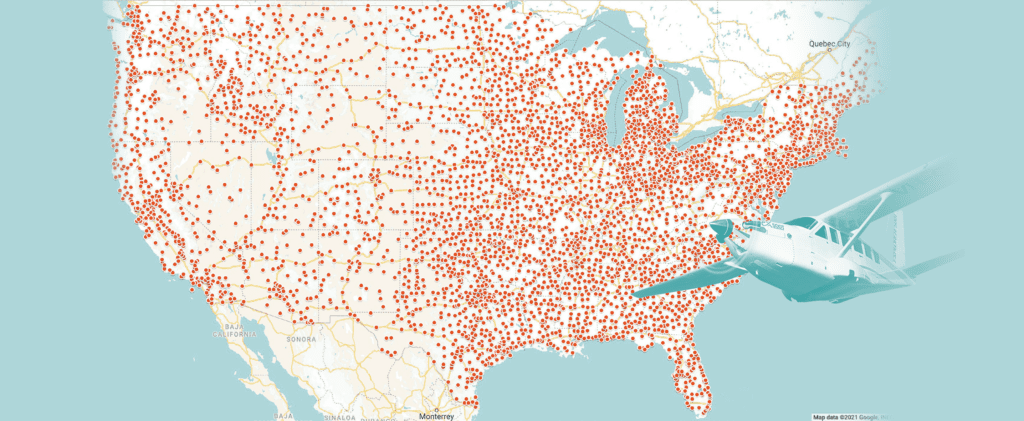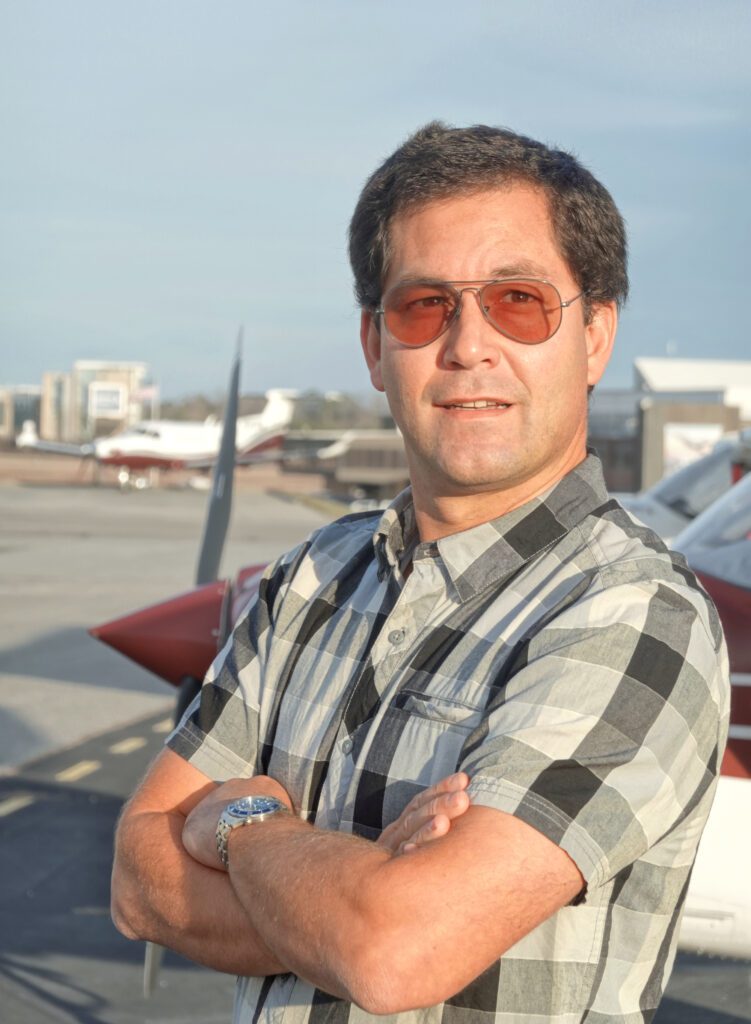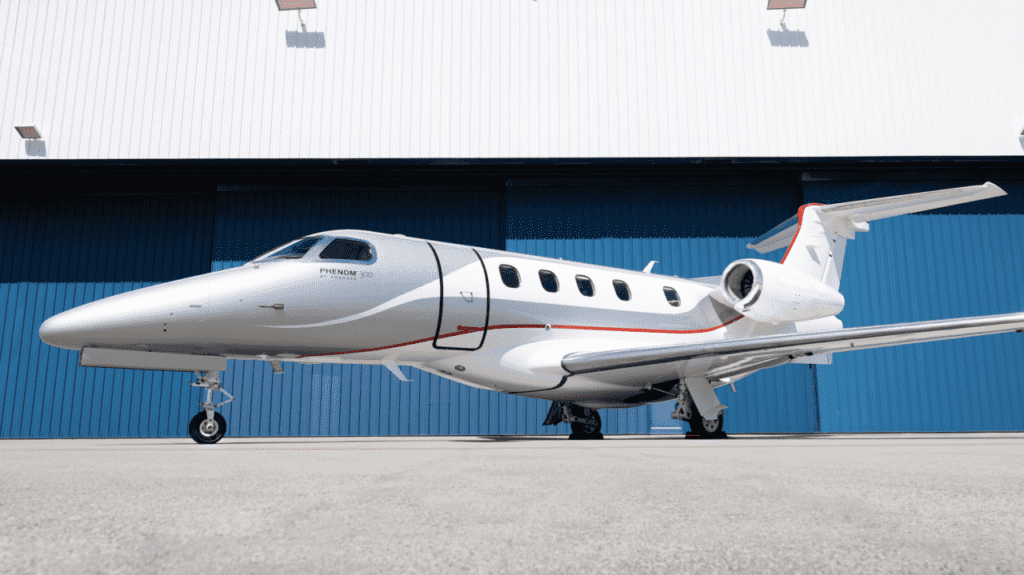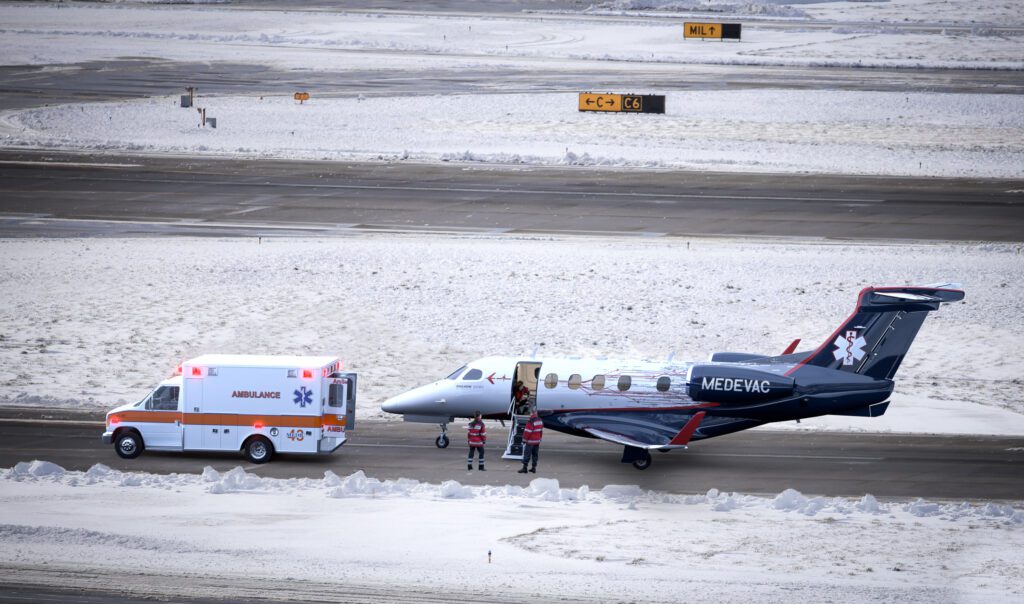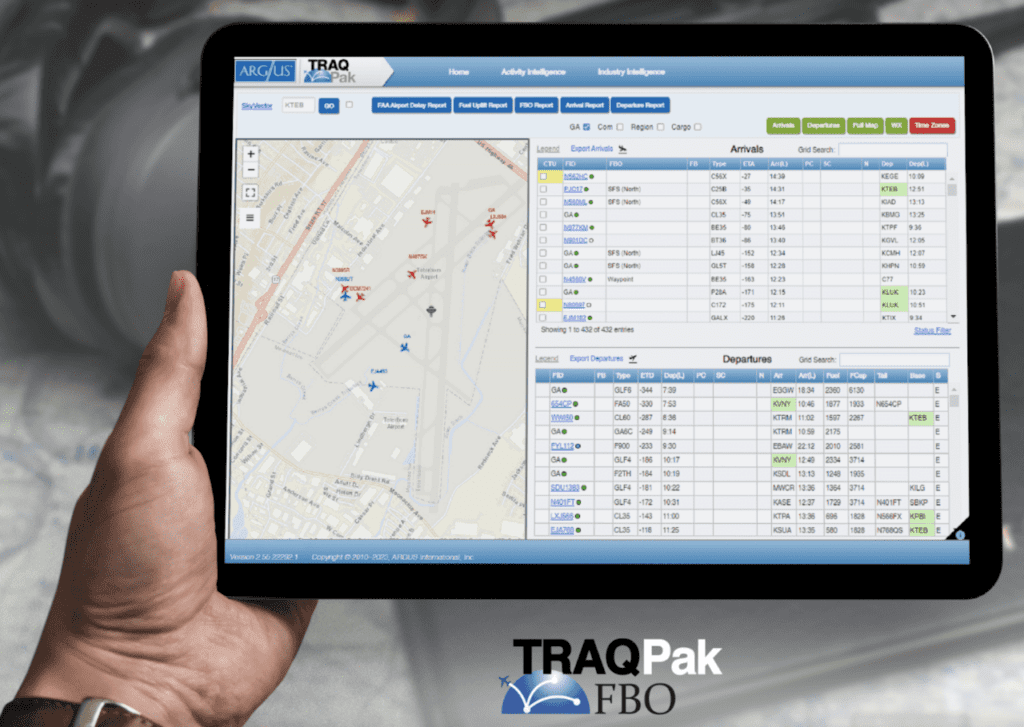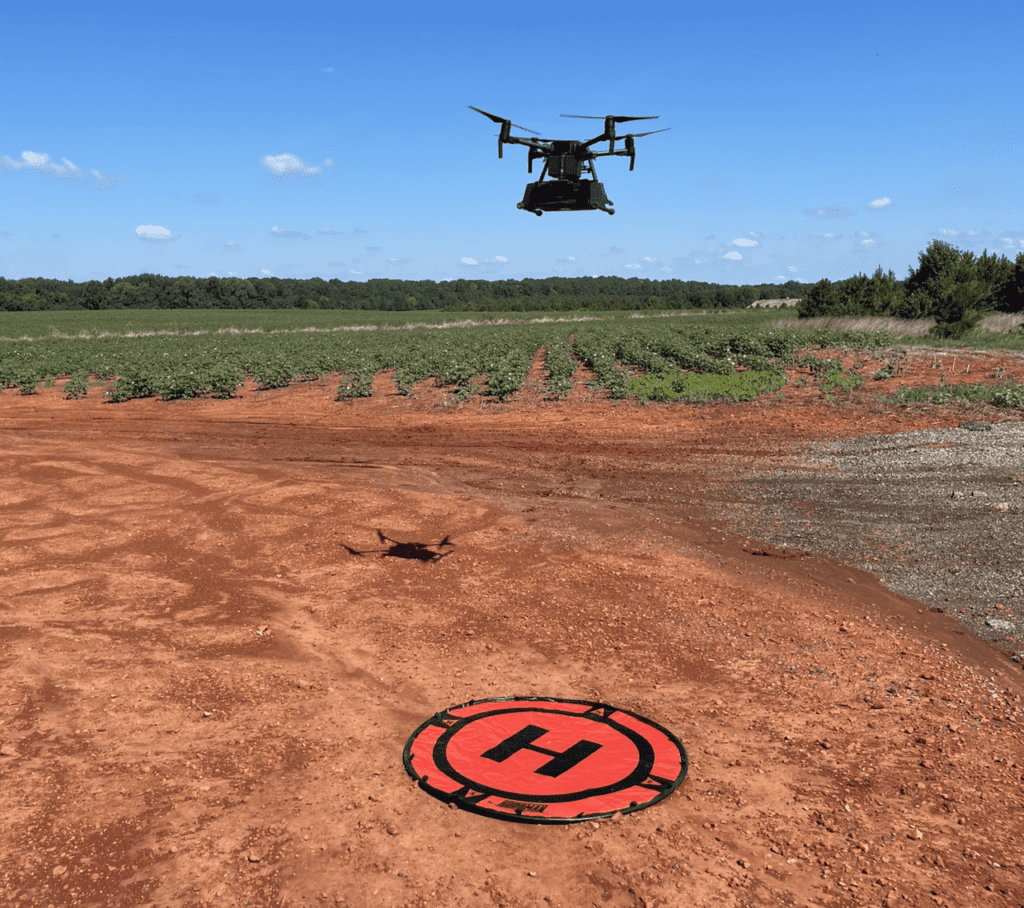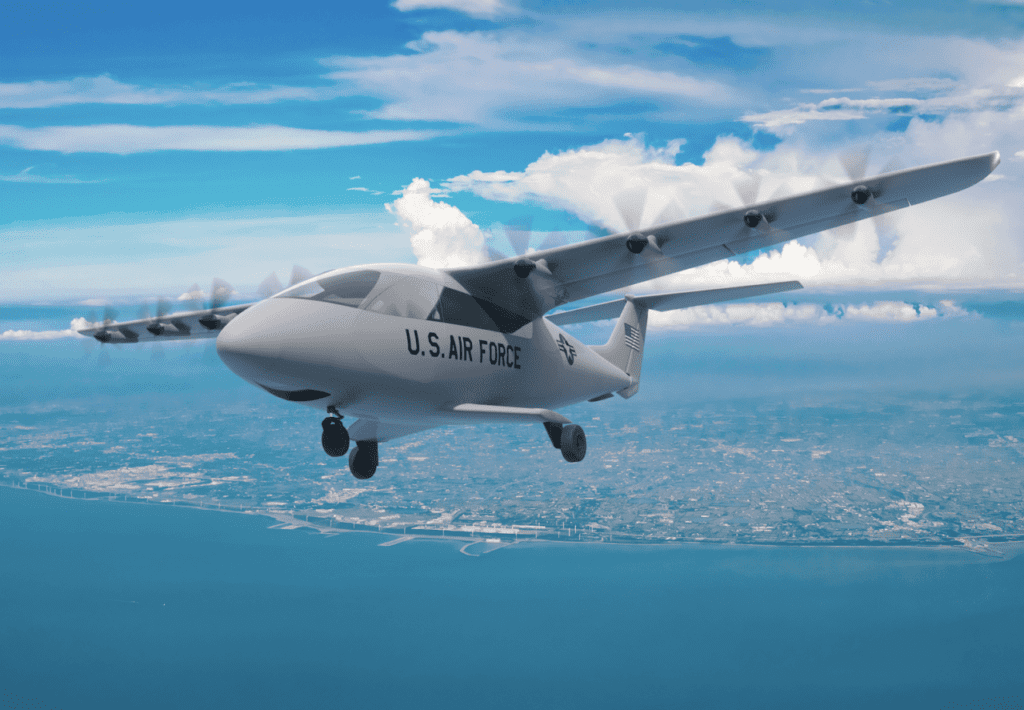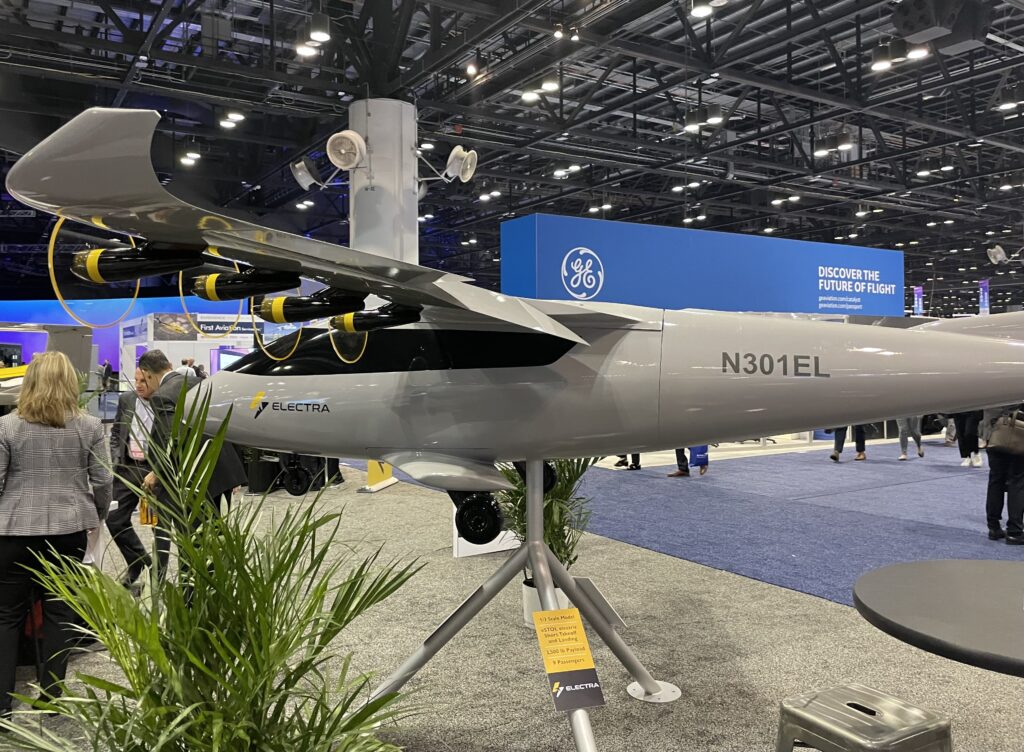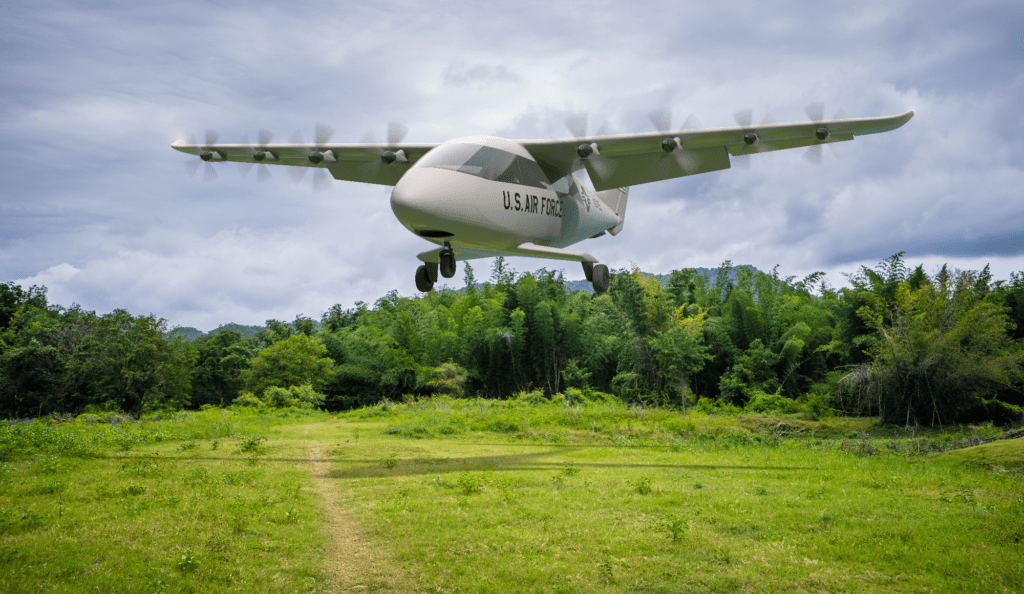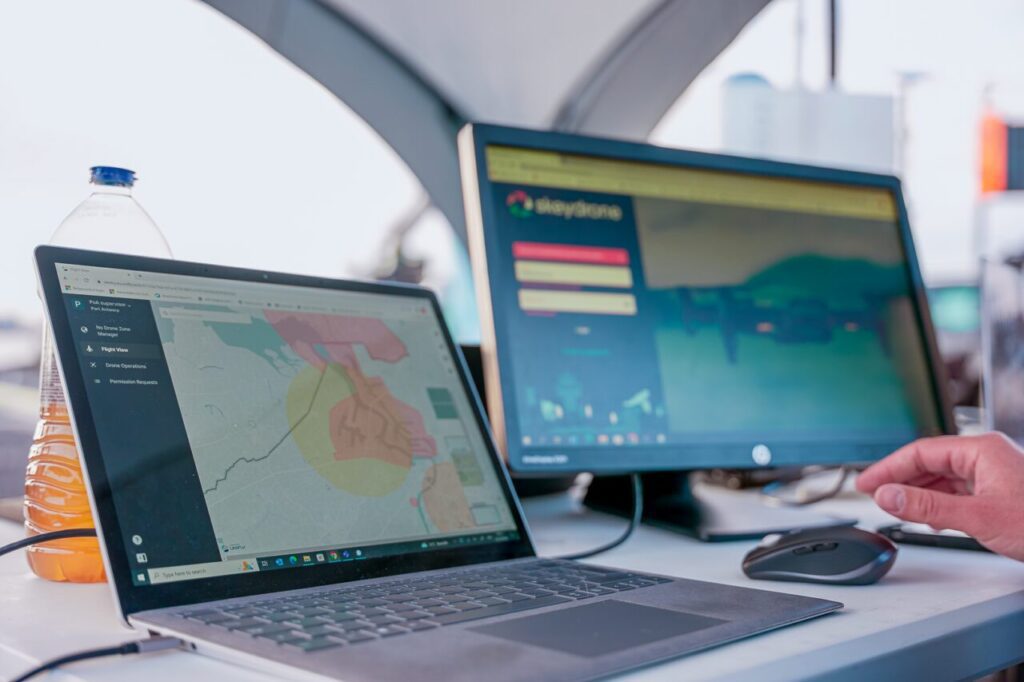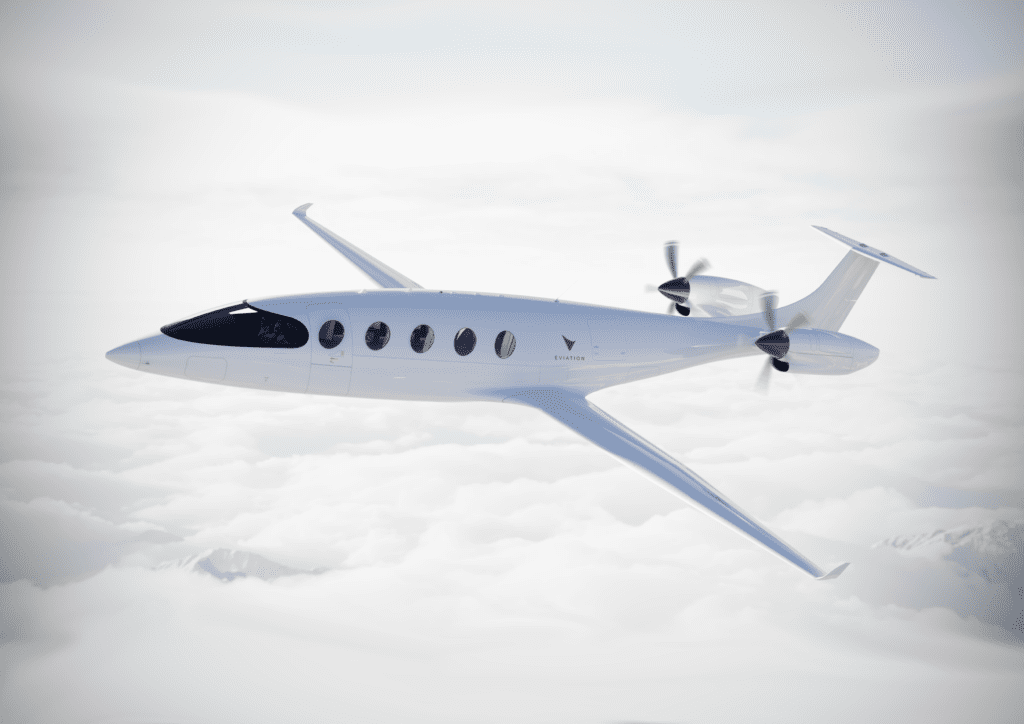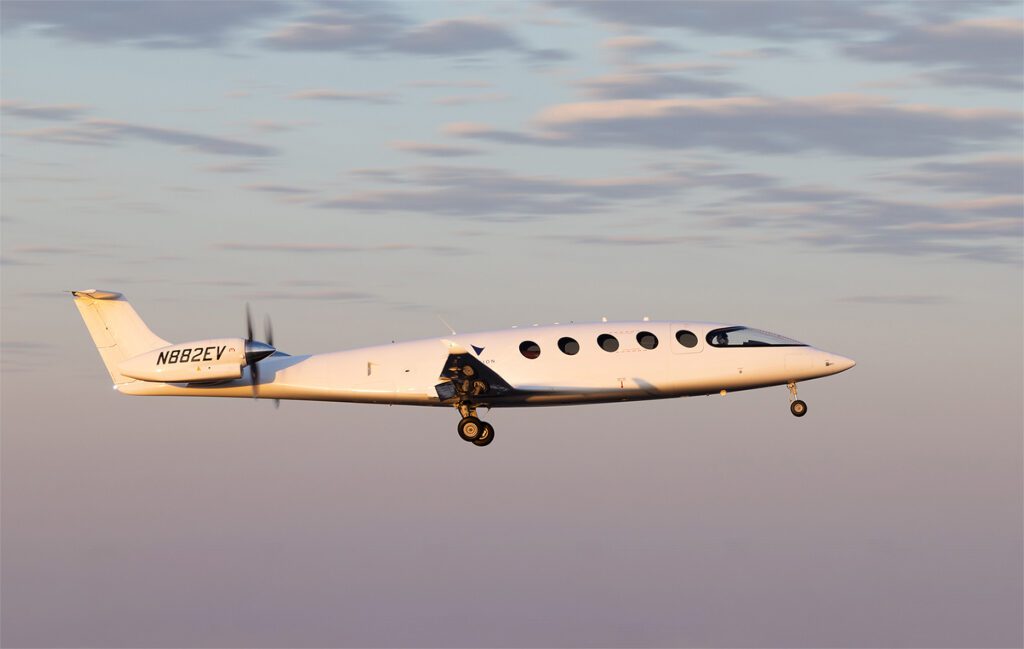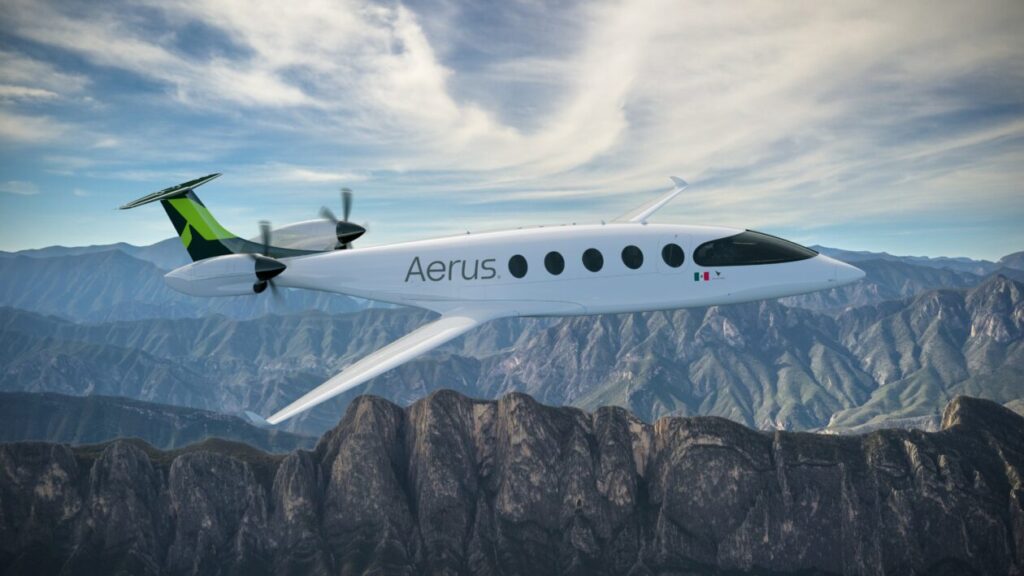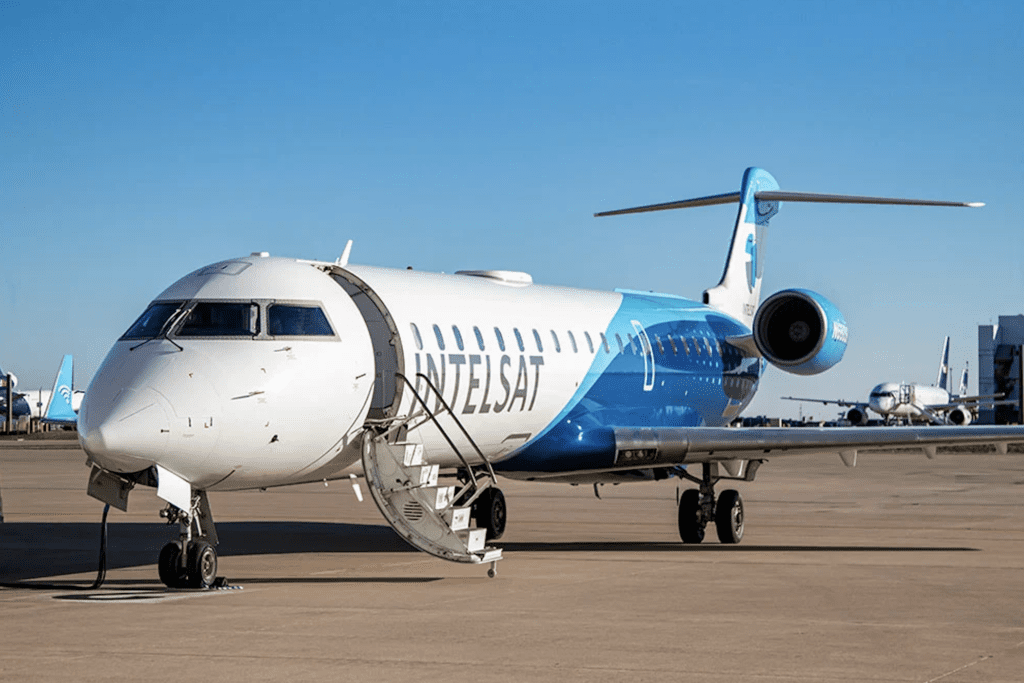Satcom Direct Installs Prototype Ka-Band Antenna for Testing, Validation
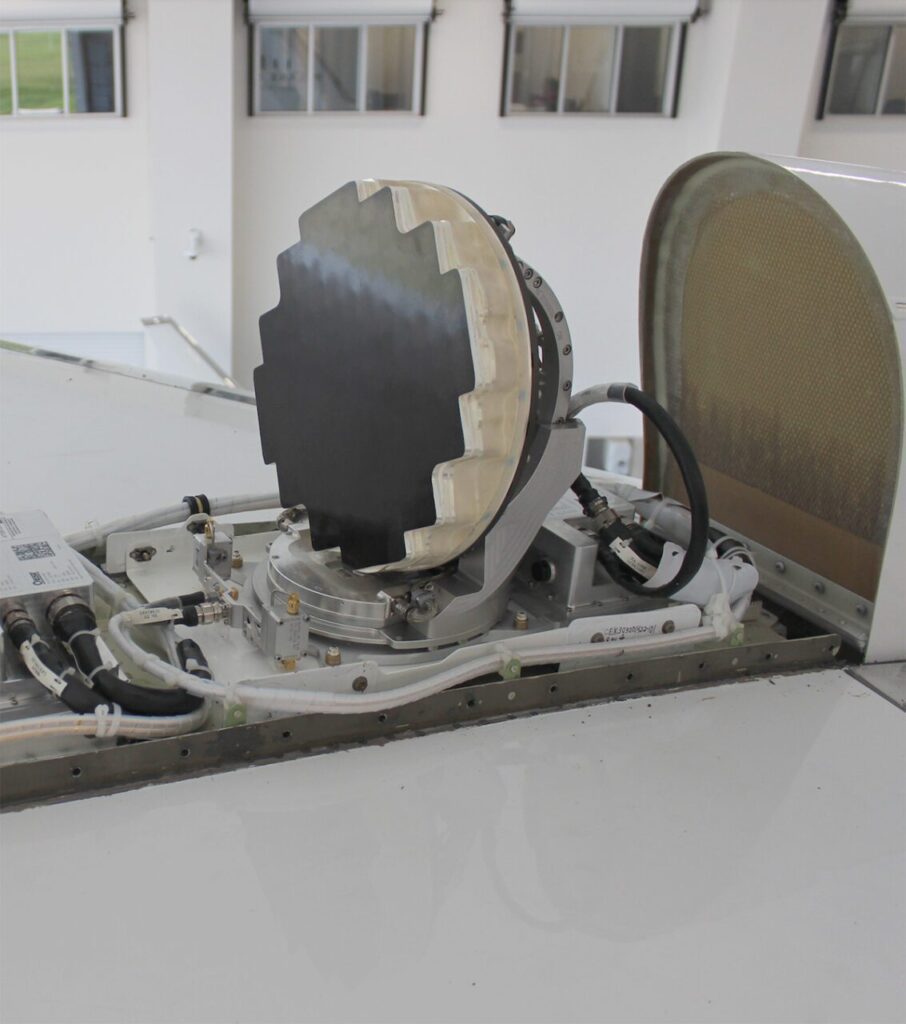

Earlier this month, Satcom Direct announced that it has installed the first Plane Simple Ka-band antenna on an SD Gulfstream G550. (Photo: Satcom Direct)
Satcom Direct installed the first Plane Simple Ka-band antenna on an SD Gulfstream G550. The Ka-band antenna is a prototype terminal, the second in the SD Plane Simple antenna series, and it consists of two line-replaceable units (LRUs): the tail-mount antenna and SD Modem Unit. The antenna is operating under a supplemental type certificate (STC) specific to the aircraft.
Through this installation, Satcom Direct is evaluating the compatibility of the hardware with the Jet ConneX in-flight broadband service offered by Inmarsat. Jet ConneX is powered by Inmarsat’s Global Xpress constellation. The prototype terminal is already being tested and validated via regular flight operations, and SD’s team will collect data to inform the final design and ensure optimized functionality.
Once the Ka-band antenna is fully functional, it will provide support for high-speed data transfer to enable video streaming, teleconferencing, and other digital applications for passengers on mid- to large-sized jets.
“We’ve rigorously tested the Plane Simple Ku-band, which has performed beyond expectations,” commented Chris Moore, president of Satcom Direct, in the company’s announcement. “Now, with the validation of the Ka-band terminal, we’re adding more value to our offering.”
He added, “We have a long-standing relationship with Inmarsat, having evolved numerous connectivity services together to deliver superior experiences to users. We are excited to begin on-wing testing with them.”

Satcom Direct tested and validated the tail-mounted, Ku-band Plane Simple Antenna System throughout a series of transatlantic and European flights with the SD Gulfstream G350. (Photo: Satcom Direct)
SD expects customer in-service evaluation to start in the fourth quarter of 2023 and to have additional STCs confirmed by the end of the year.
The Head of Business Aviation at Inmarsat, Kai Tang, also commented on the news, saying, “We anticipate that SD hardware technology, combined with our enhanced next-generation satellite network, will reinforce our position as the premium connectivity experience for SD customers.”
In another announcement this month, Satcom Direct publicized the installation of a 1,200-panel solar farm at its headquarters in Florida. The facility is already providing power to SD’s daily operations. More than 97,750kWh per month will be generated by the photovoltaic modules.
“Renewable energy benefits everyone, and the solar farm will play a significant part in powering our business more efficiently,” explained Satcom Direct’s Chairman and CEO, Jim Jensen.
The post Satcom Direct Installs Prototype Ka-Band Antenna for Testing, Validation appeared first on Avionics International.
—————
Boost Internet Speed–
Free Business Hosting–
Free Email Account–
Dropcatch–
Free Secure Email–
Secure Email–
Cheap VOIP Calls–
Free Hosting–
Boost Inflight Wifi–
Premium Domains–
Free Domains






